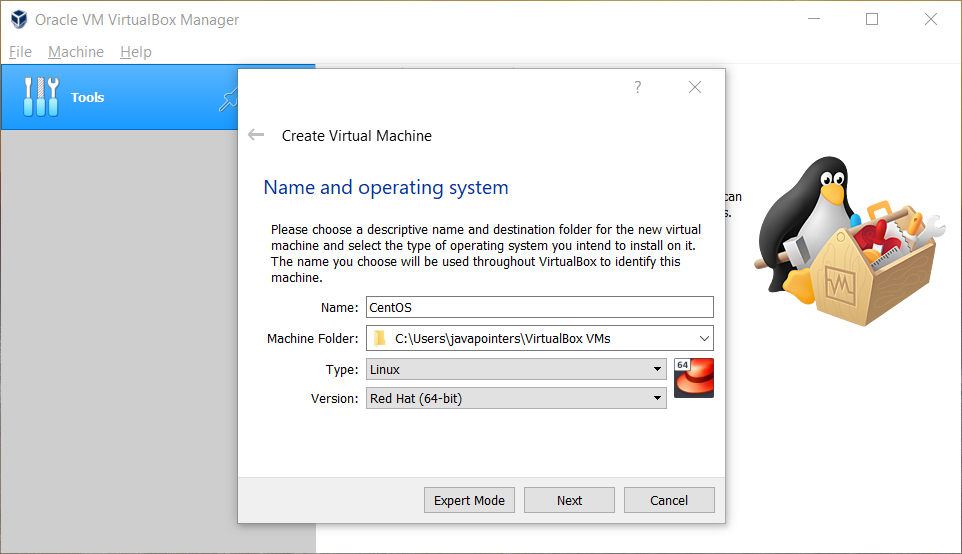
To rebuild Kernel modules, run: sudo /usr/lib/virtualbox/vboxdrv.sh setup Step 3: Starting VirtualBox To manually add VirtualBox user must to be a member of the group. Any system user who is going to use USB devices from Oracle VM VirtualBox guests must be a member of that group. The installation command will build kernel modules and automatically create vboxusers group. Now install the latest version of VirtualBox 6.1 by running the command: sudo dnf install -y VirtualBox-6.1 sudo dnf -y install binutils kernel-devel kernel-headers libgomp make patch gcc glibc-headers glibc-devel dkms We also need to add EPEL repository: sudo dnf -y install Step 2: Install VirtualBoxĭownload required build tools for VirtualBox. Step 1: Adding VirtualBox / EPEL repositoryĪdd the VirtualBox repository to the local system by downloading virtualbox.repo file and placing it under /etc/ directory. The installer with automatically builds and installs the Oracle VirtualBox kernel modules: vboxdrv, vboxnetflt, and vboxnetadp. Starting with Oracle VirtualBox, the SSE2 CPU extension is required. The installation should be straightforward on any Linux system with Linux kernel 2.6 or 3.x.

Oracle VirtualBox requires an existing OS to be installed and thus run alongside existing applications on that host. Here, We will see how to install VirtualBox on CentOS 8 / RHEL 8. Install VirtualBox on CentOS 8 & also on RHEL 8 Linux.


 0 kommentar(er)
0 kommentar(er)
